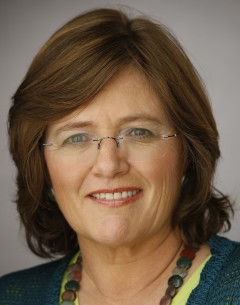
Lucy Jones
Science Advisor for Risk Reduction, U.S. Geological Survey
Charles M. and Martha Hitchcock Lectures
October 14, 2015 — 4:10 PMInternational House, Chevron Auditorium — 2299 Piedmont Avenue, UC Berkeley Campus
About the Lecture Although many recent advances, such as building codes and construction techniques, have reduced some aspects of risk to natural disasters, other features of modern society— including population density and the networking of transportation, power facilities, and communications … Continued
International House, Chevron Auditorium - 2299 Piedmont Avenue, UC Berkeley Campus Berkeley Graduate Lectures [email protected] false MM/DD/YYYYAbout the Lecture
Although many recent advances, such as building codes and construction techniques, have reduced some aspects of risk to natural disasters, other features of modern society— including population density and the networking of transportation, power facilities, and communications systems—have led to increased vulnerability to natural disasters in California and beyond. Jones will discuss and answer questions about interdisciplinary research to measure the vulnerabilities of modern society and ways to increase society’s ability to respond to future events.
About Lucy Jones
Dr. Lucy Jones has served as a seismologist with the US Geological Survey and a Visiting Research Associate at the Seismological Laboratory of Caltech since 1983. She leads long-term science planning for natural hazards research and the application of hazards research science to develop resilience in communities.
Dr. Jones created the SAFRR (Science Application for Risk Reduction) Project to innovate and protect the safety, security, and economic well being of the Nation. One product of SAFRR is the Great ShakeOut, a public emergency preparedness event that began in 2008 with 5 million people in Southern California and has since grown to include more than 24 million around the world.